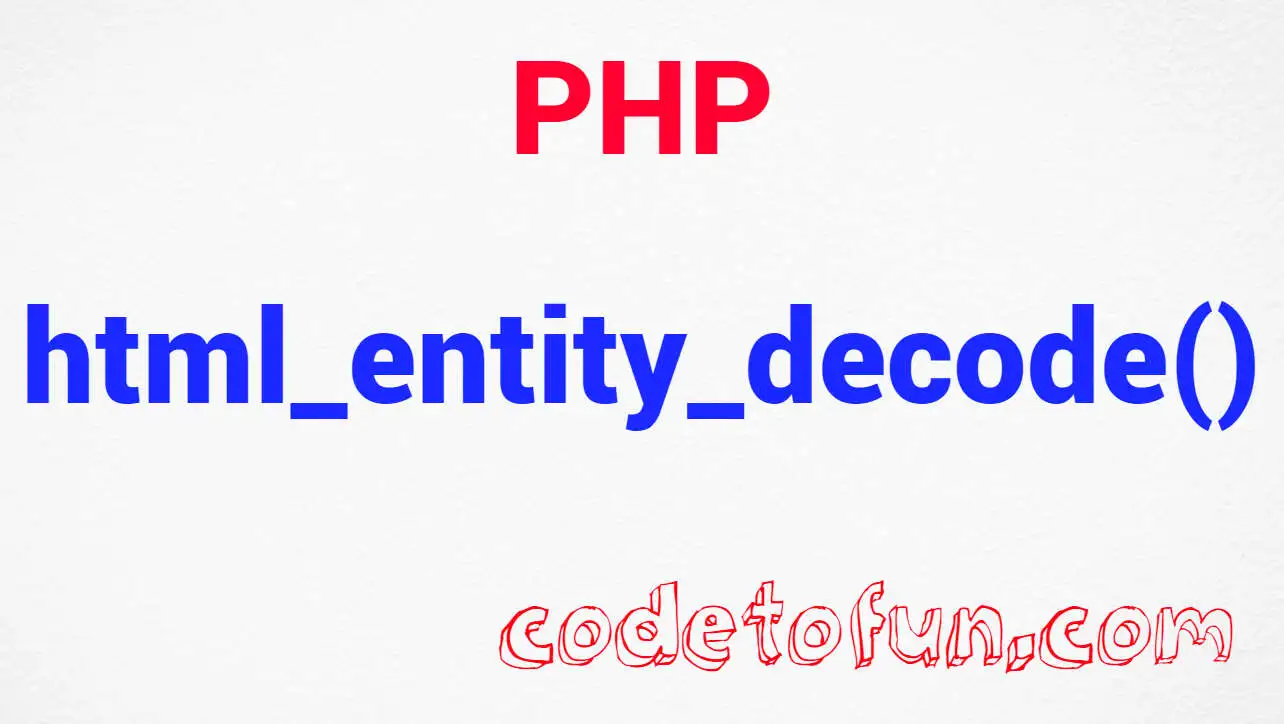
PHP Basic
- PHP Intro
- PHP Star Pattern
- PHP Number Pattern
- PHP Alphabet Pattern
- PHP String Functions
- PHP addcslashes()
- PHP addslashes()
- PHP bin2hex()
- PHP chop()
- PHP chr()
- PHP chunk_split()
- PHP convert_cyr_string()
- PHP convert_uudecode()
- PHP convert_uuencode()
- PHP count_chars()
- PHP crc32()
- PHP crypt()
- PHP explode()
- PHP fprintf()
- PHP get_html_translation_table()
- PHP hebrev()
- PHP hebrevc()
- PHP hex2bin()
- PHP html_entity_decode()
- PHP htmlentities()
- PHP htmlspecialchars_decode()
- PHP htmlspecialchars()
- PHP implode()
- PHP join()
PHP String addcslashes() Function

Photo Credit to CodeToFun
🙋 Introduction
In PHP programming, manipulating strings is a common and essential task.
The addcslashes() function is a built-in PHP function that adds backslashes before specified characters in a string. This function is particularly useful when you want to escape specific characters to make a string safe for use in a variety of contexts.
In this tutorial, we'll explore the usage and functionality of the addcslashes() function in PHP.
💡 Syntax
The syntax for the addcslashes() function is as follows:
string addcslashes(string $str, string $charlist);- $str: The input string to be processed.
- $charlist: A list of characters to be escaped with a backslash.
📄 Example
Let's delve into an example to illustrate how the addcslashes() function works.
<?php
// Original string
$originalString = "Hello, 'World'!";
// Add backslashes before single quotes
$escapedString = addcslashes($originalString, "'");
// Output the result
echo "Original String: $originalString\n";
echo "Escaped String: $escapedString\n";
?>💻 Output
Original String: Hello, 'World'! Escaped String: Hello, \'World\'!
🧠 How the Program Works
In this example, the addcslashes() function is used to add backslashes before single quotes in the string "Hello, 'World'!".
↩️ Return Value
The addcslashes() function returns the processed string with backslashes added before the specified characters.
📚 Common Use Cases
The addcslashes() function is particularly useful when you want to prepare a string for use in contexts where certain characters may have special meanings. For example, when constructing SQL queries or escaping characters for use in regular expressions.
📝 Notes
- You can specify a range of characters using a hyphen in the $charlist. For example, a-z represents all lowercase letters.
- If you need to escape a specific set of characters, consider using other functions like htmlspecialchars() or mysqli_real_escape_string() in specific contexts.
🎢 Optimization
The addcslashes() function is optimized for its purpose and typically doesn't require additional optimization. However, be mindful of the characters you're escaping and their context to ensure proper functionality.
🎉 Conclusion
The addcslashes() function in PHP is a handy tool for escaping specific characters in a string. It provides a straightforward way to make strings safe for various use cases, enhancing the security and reliability of your PHP applications.
Feel free to experiment with different strings and characters in the $charlist parameter to see how the addcslashes() function behaves in various scenarios. Happy coding!
👨💻 Join our Community:
Author

For over eight years, I worked as a full-stack web developer. Now, I have chosen my profession as a full-time blogger at codetofun.com.
Buy me a coffee to make codetofun.com free for everyone.
Buy me a Coffee












If you have any doubts regarding this article (PHP String addcslashes() Function), please comment here. I will help you immediately.